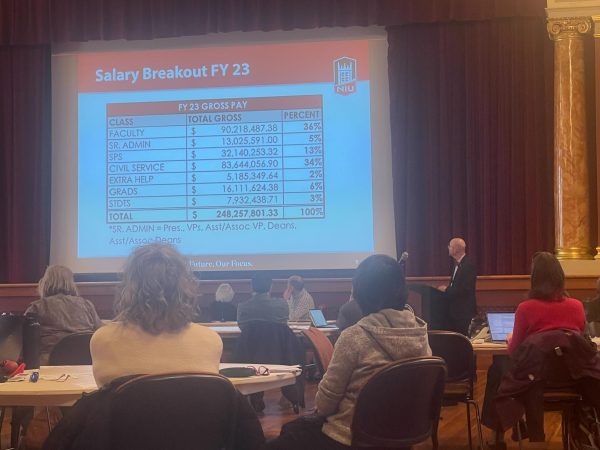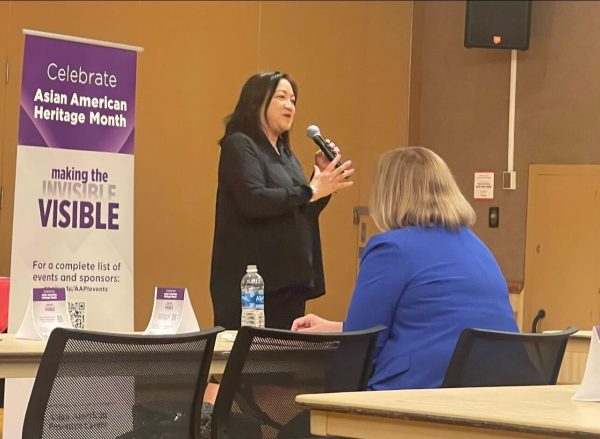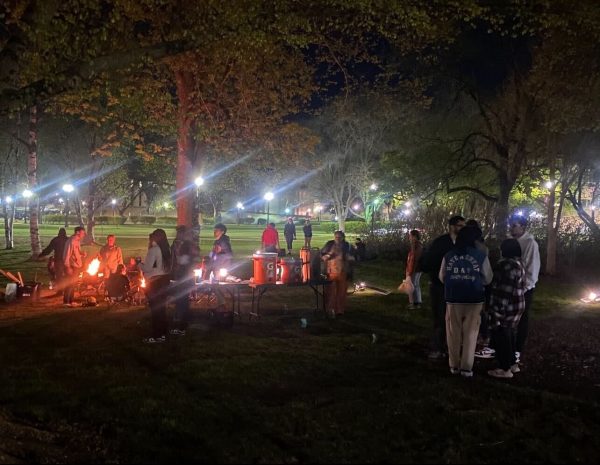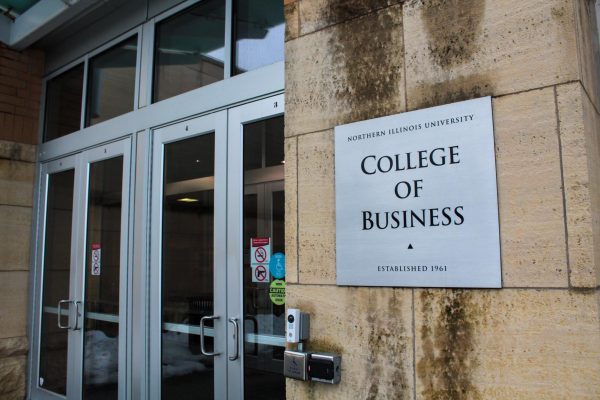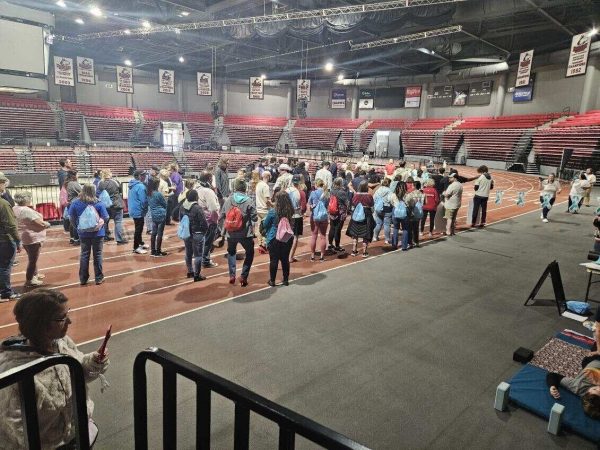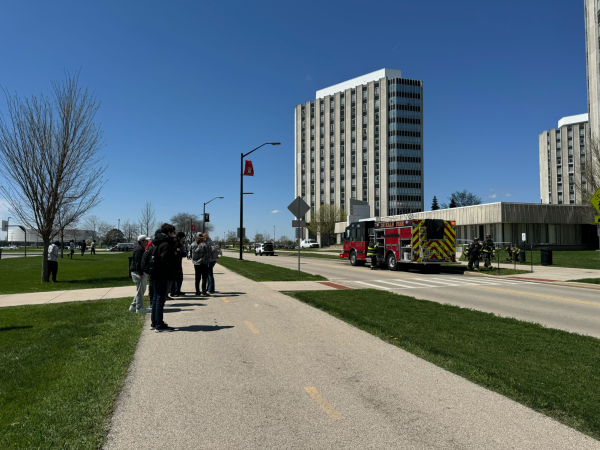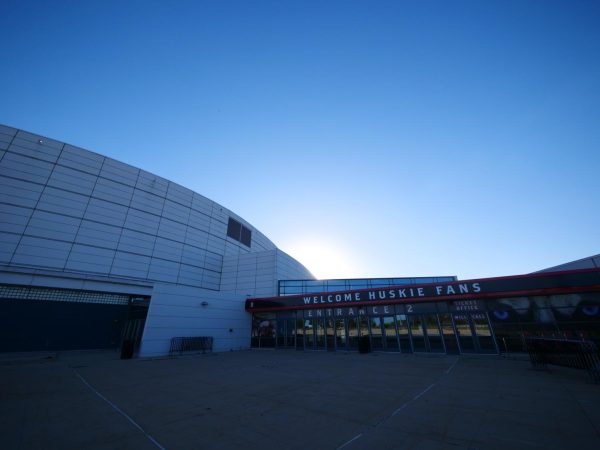Huskie Bus Tracking System to see overhaul, smartphone app support
September 5, 2011
When it’s raining, snowing, cold or hot out, waiting for the bus can seem unbearable.
Josh Venaas, director of mass transit for the Student Association, said he hopes the updated Huskie Bus Tracking System will make public transportation easier for students.
“Nobody wants to wait for the bus,” Venaas said. “This will pretty much eliminate that issue altogether.”
With color-coded routes and real-time updates, Venaas said he believes the new GPS tracking system will be much more “user friendly.” Instead of waiting 20 seconds for an update, riders will be able to pinpoint exactly where the bus is at all times from their computer or mobile device.
Al Davis, general manager of the Huskie Bus Line, said he never wants bus drivers running late, but sometimes it can happen due to traffic, weather conditions or large quantities of passengers.
Even with occasional delays, Venaas said with the tracking system, students could stay inside until the bus arrives.
With the new GPS units already installed on buses, Venaas predicts that the upgraded tracking system will be up and running within the next few weeks.
“As long as the system works, overall, it will allow students to keep more up to date with where the buses are at,” said bus operator Justin Pletsch.
On average, the Huskie Bus Tracking System gets 3,000 hits daily. Venaas said he hopes it will increase to 10,000 hits daily because the new system will allow users to track the buses in real-time.
When the tracking system is incorporated into the NIU smartphone application this year, Venaas said it will become more popular among students.
“It sounds a lot more helpful,” said Kristi Kelzer, senior communicative disorders major. “I might consider using [the Huskie Bus Tracking System] more.”
Research scientist Philip Young, along with his colleagues at NIU’s Advanced Geospatial Laboratory, played an invaluable role in developing the tracking system’s new interface, Venaas said.
“They are a huge asset to us,” Venaas said. “We wouldn’t have been able to do any of this without them.”



